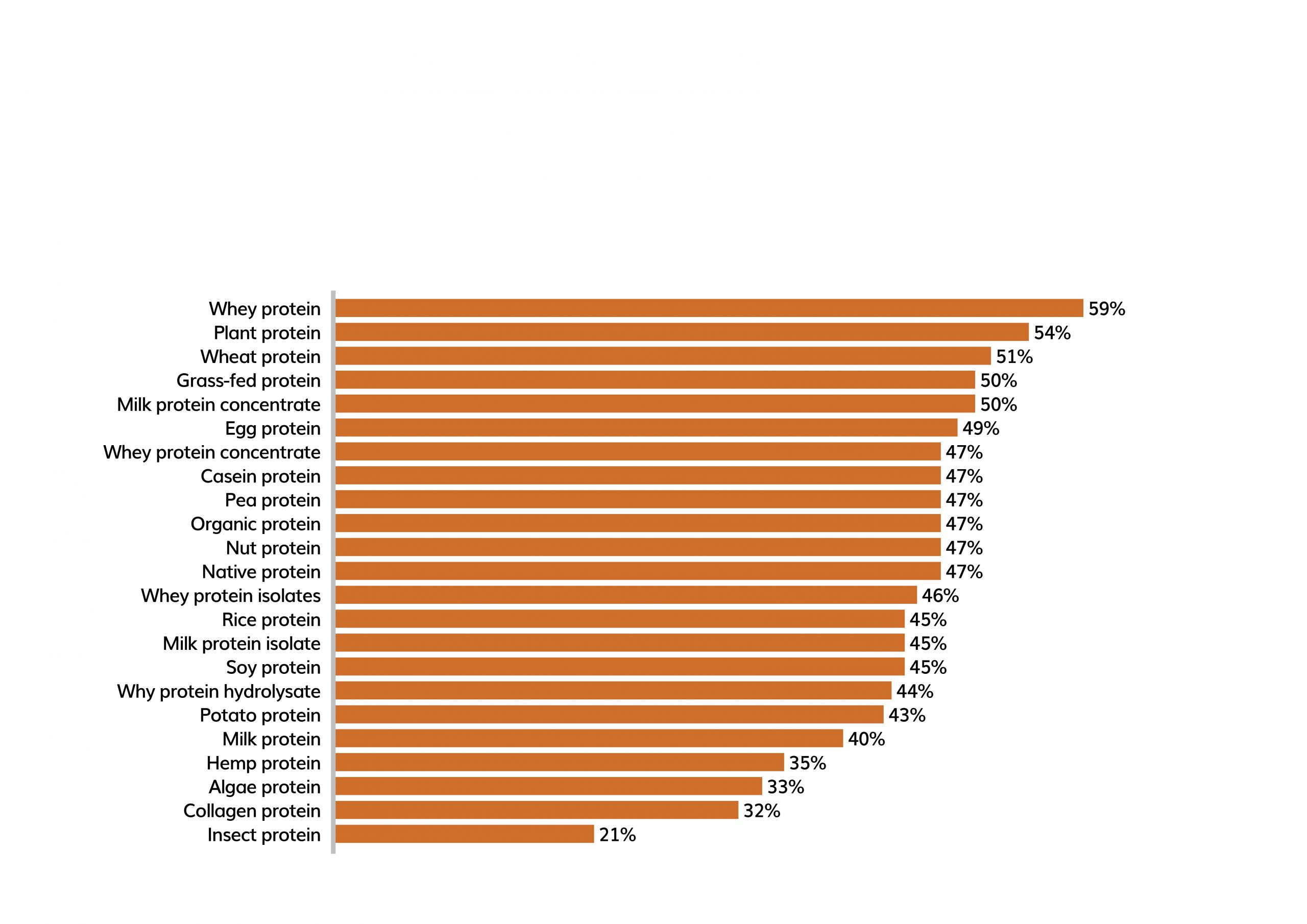Using consumer preference in company development
- Like
- Digg
- Del
- Tumblr
- VKontakte
- Buffer
- Love This
- Odnoklassniki
- Meneame
- Blogger
- Amazon
- Yahoo Mail
- Gmail
- AOL
- Newsvine
- HackerNews
- Evernote
- MySpace
- Mail.ru
- Viadeo
- Line
- Comments
- Yummly
- SMS
- Viber
- Telegram
- Subscribe
- Skype
- Facebook Messenger
- Kakao
- LiveJournal
- Yammer
- Edgar
- Fintel
- Mix
- Instapaper
- Copy Link
Posted: 9 January 2020 | Mike Hughes | No comments yet
Analysing what motivates people in their food and drink choices is a useful tool when approaching product development. Mike Hughes presents research into current consumer preferences, highlighting where companies must focus in order to gain market trust and ultimate success.


It is not enough for products to be free-from or to contain certain ingredients; the way that such information is communicated is also of vital importance when it comes to a product’s success
Diet and ingredient intake are deemed a key means of achieving a healthier lifestyle. For instance, a total of 40 percent of consumers say they have looked to improve their diets, while 27 percent claim to be taking a greater interest in ingredients used in food and drink products. In addition to this, a total of 48 percent of consumers say that they regularly research ingredients to see how they can improve their health.
When it comes to ingredients, consumers tend to adopt a two-pronged strategy. That is, they look to avoid ingredients that they deem detrimental to their health and seek out food and drink products that contain ingredients that offer genuine nutritional value. When it comes to avoidance, consumers look to minimise their intake of artificial ingredients that offer no nutritional value. They also look to avoid ‘dietary evils’ such as sugar, which they associate with weight gain and the risk of diabetes. The research showed that of those consumers who have looked to improve their diet in the last 12 months:
- 58 percent have looked to reduce their intake of sugar
- 35 percent have looked to reduce their intake of additives
- 32 percent have looked to reduce their intake of salt
- 26 percent have looked to reduce their intake of artificial ingredients
- 24 percent have looked to reduce their intake of fat.
In terms of ingredients that offer nutritional value, consumers want products that are natural and contain ingredients that offer a health boost. The research found that 73 percent of consumers want food and drink products to be 100 percent natural. When questioned why, 61 percent said they believed such products to be healthy. This means that consumers want products with as few ingredients as possible and for product labelling to offer total transparency regarding ingredient content to validate any natural claims.
When it comes to products positioned around ingredients that offer a health boost, demand is often driven by consumers who want to make improvements to their health but struggle to do so, as opposed to fit and active consumers who engage in daily physical activity. As such, they will turn to products that are positioned around certain ingredients because they associate them with being guilt-free and offering a convenient health boost. The research identified that of those consumers who have looked to improve their diets in the last 12 months, the following is true:
- 48 percent have looked to increase their intake of omega 3
- 46 percent have looked to increase their intake of prebiotics
- 46 percent have looked to increase their intake of protein
- 35 percent have looked to increase their intake of probiotics
- 32 percent have looked to increase their intake of fibre.
The desire to seek out health-boosting ingredients relates to consumers wanting to improve both their day-to-day and long-term health. For instance, 40 percent of consumers would like to improve their waistlines over the next 12 months, while 38 percent would like to improve their quality of sleep. Meanwhile, 39 percent would like to improve their heart health and 36 percent their digestive health.


Figure 1: Proportion of consumers who say they find the following protein sources either ‘appealing’ or ‘very appealing’, Q3 2019
The call for ingredients that offer health benefits explains why demand for protein in everyday food and drink products continues to grow. Consumers may not necessarily know how much protein is in their diet, or how much they need. They may also not be aware of what constitutes good quality protein and will look instead for general health and wellness claims rather than specific protein sources and information related to quality. Nevertheless, consumers are demonstrating great interest in a variety of protein sources, as research in Figure 1 shows.
Figure 1 indicates there is a strong opportunity for everyday food and drink categories to continue to grow the protein market, using alternative forms of protein to create genuine differentiation. The research also shows that despite high levels of attention being given to plant protein, whey protein is a more popular source among health-conscious consumers.
While products being low/free-from supposedly ‘bad’ ingredients and high in ‘good’ ingredients appeals to consumers, the way that such information is communicated is critical to the success of a product. For instance, consumers want nutritional labelling to be as simple as possible because 53 percent believe that brands often make nutritional labelling deliberately confusing in order to disguise the inclusion of ‘bad’ ingredients. Moreover, when it comes to health claims related to ingredients, it is crucial that these claims are not seen to be misleading or outlandish, promising health benefits that are not realistic.
To conclude, customers are taking a greater interest in the ingredients used in the food and drink they consume as they seek to improve their health. They are looking to avoid certain ingredients that are deemed bad for health and seek out products that contain ingredients that offer a convenient health boost. This is the case even if consumers are not fully educated about the complexities of such ingredients. However, just as important as the use/exclusion of ingredients in products is the manner in which this information is communicated: it must be simple, credible and transparent.
*This article is based on an Active Nutrition survey of 20,000 respondents conducted in 20 countries in Q3 2019.
About the author
Mike Hughes is the Head of Research and Insight at FMCG Gurus and has over 13 years’ experience analysing consumer trends, attitudes and behaviours. Mike has a particular interest in highlighting how consumer attitudes and behaviours can often differ and what these trends mean for the industry.








